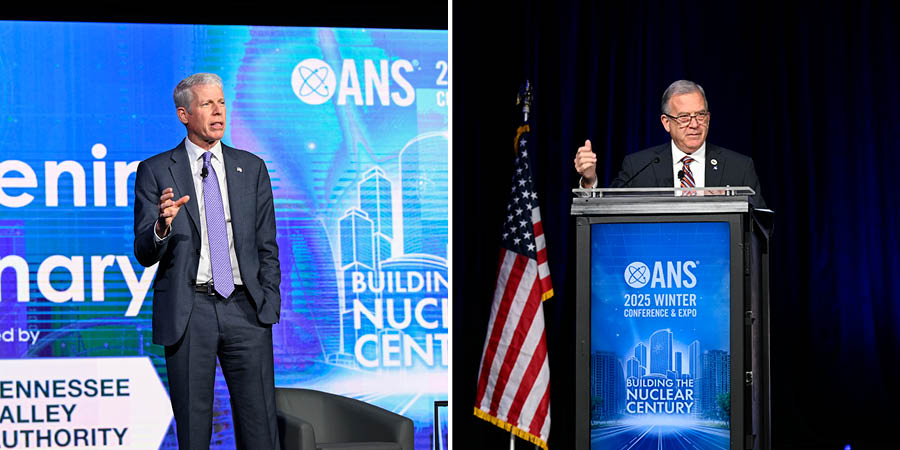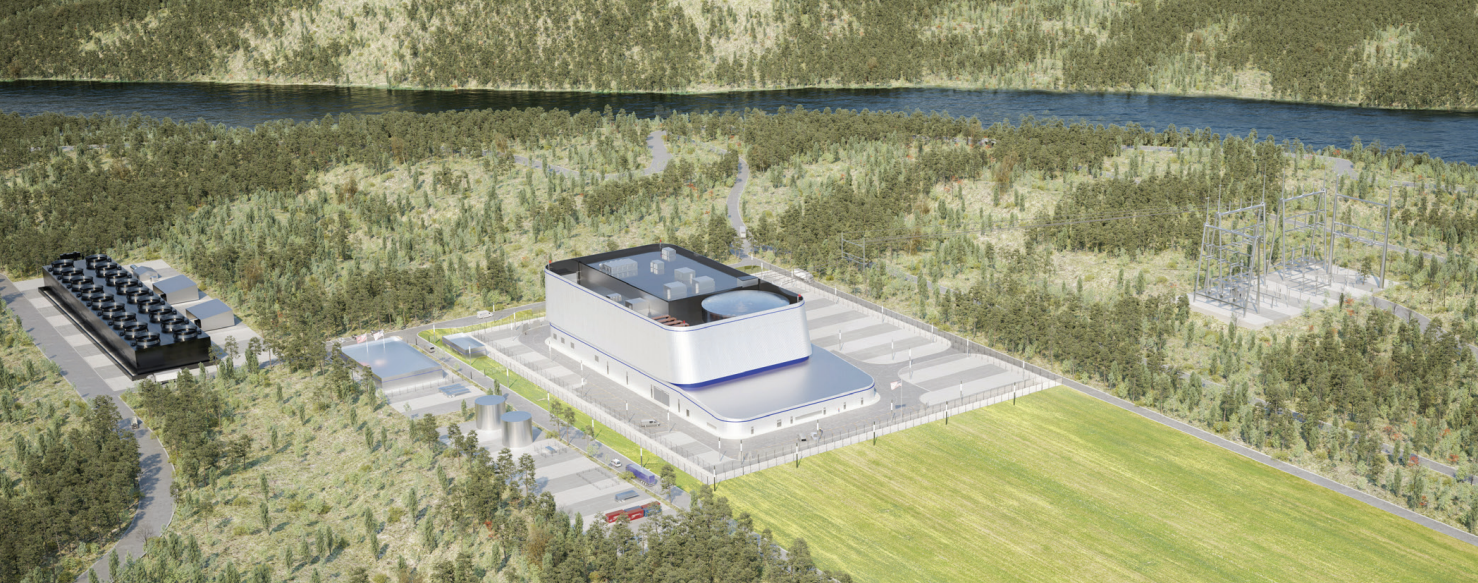The General Conference was an expectedly busy event. To cover as much ground as possible, Piercy and I took turns attending either the U.S. delegation meetings with other countries or the General Assembly of the IAEA, where the American Nuclear Society has a seat among other critical nongovernmental organizations.
We listened to presentations by several of the 180 IAEA member states, including, of course, the United States. Aside from ANS, the U.S. presence at the conference included U.S. Secretary of Energy Chris Wright, NRC Chair David Wright, and DOE Assistant Secretary of Nuclear Energy Ted Garrish.
U.S. representation was further bolstered by an industry delegation that included 65 participants from 32 companies, many of whom used the opportunity to report progress on their plans for the international expansion of their nuclear fleets. Meetings of that industry delegation were coordinated by the Nuclear Energy Institute.
Aside from the main conference, Piercy and I also attended the embedded meetings of the International Nuclear Society Council. INSC exists to facilitate knowledge-sharing and collaboration between 18 different member nuclear societies from around the world.
The INSC meetings within the General Conference brought together the presidents and senior members of those societies to give presentations and explore new opportunities. I made a presentation on the state of nuclear in North America, covering the latest developments and deployments in the U.S. and Canada.
This presentation emphasized the new nuclear lift in the U.S. that is being heavily supported by the Trump administration. I recapped the four executive orders issued by President Trump in May, the recent momentum at the DOE, and how these changes are capitalizing on a broader groundswell in both industry development and public support.
I also pointed out the success of our neighbor Canada in progressing on the first water-cooled small modular reactor in North America using BWRX-300 technology, which was supplied by an American firm and international partners—a perfect symbol of the value of global nuclear collaboration.
In all, I have now represented ANS at the state, national, and international levels, gaining useful insight into the work that needs to be done at each. From this vantage point, it’s clear to me that the path forward from the country to the globe is to, above all else, keep working together and supporting each other to bring about the next age of nuclear.
 The latest report from the University of Michigan Science, Technology, and Public Policy Program’s Technology Assessment Project (TAP) will be the focus of a webinar on December 11, from 12:00 noon to 1:00 p.m. (EST).
The latest report from the University of Michigan Science, Technology, and Public Policy Program’s Technology Assessment Project (TAP) will be the focus of a webinar on December 11, from 12:00 noon to 1:00 p.m. (EST).
-3 2x1.jpg)














